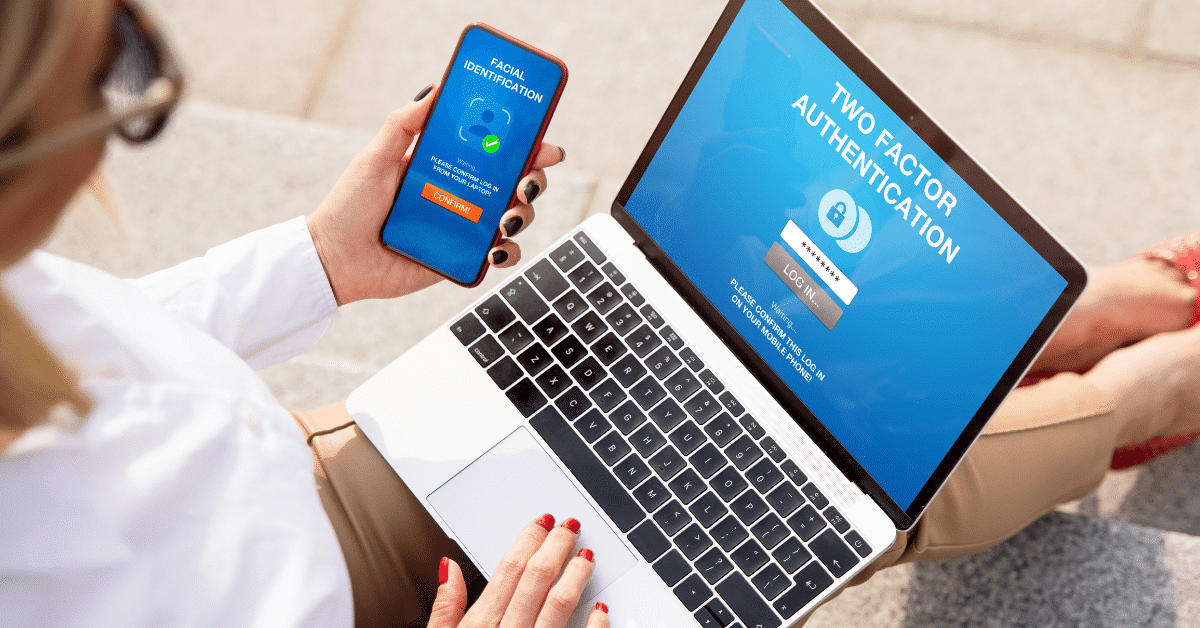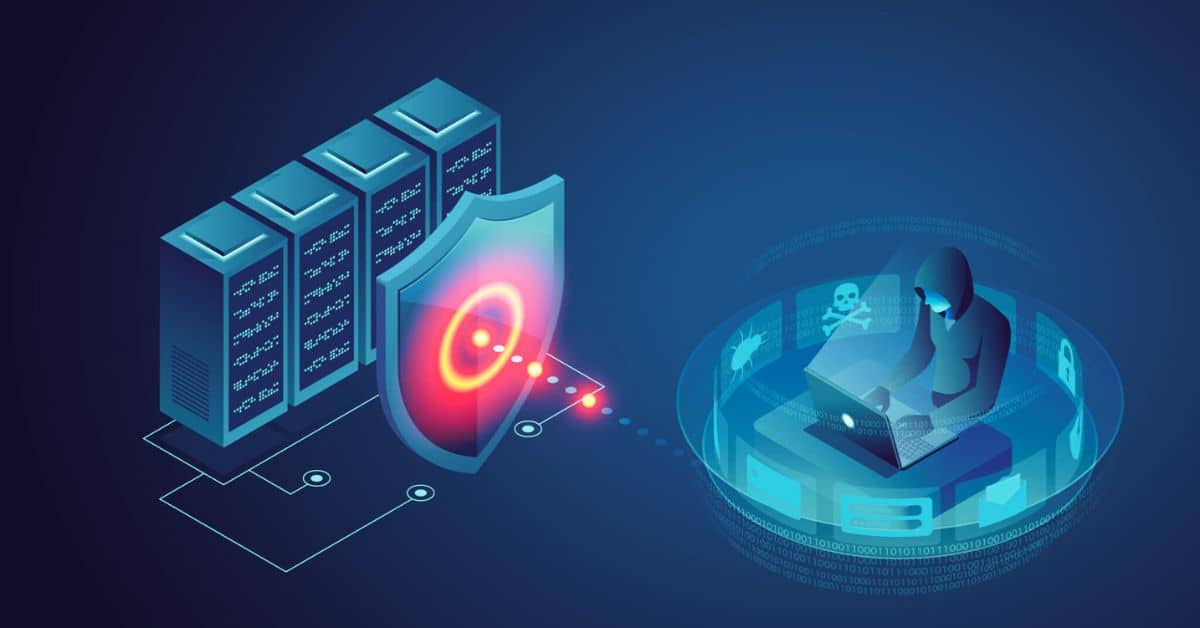
How Small Businesses Mitigate Cyber Risk
Identify your small business’s risk profile, then dive into cyber risk mitigation strategies to better safeguard your operations.

Identify your small business’s risk profile, then dive into cyber risk mitigation strategies to better safeguard your operations.

Protect your small business against evolving digital threats by exploring the lessons learned from cyber attack history.

The key to effective cybersecurity within your small business lies in understanding the motivations and tactics used by cybercriminals.

Recognizing phishing emails is critical to network security. Here are 7 things to look for to help determine if an email is legitimate.

A QR code, or quick response code, is a square matrix barcode that can be scanned using your smartphone’s camera. They can store more data than

Discover if your MSP supports your business’s unique needs and that they possess the level of sophisticated services you need.

Software updates are important and knowing how to ensure they’re regularly installed is crucial for keeping cyber threats at bay.

MFA and single sign-on are authentication methods that grant access to a resource and help prevent account compromise attacks.

This attack aims to make an online service, network resource, or host machine unavailable by overwhelming its network or processing capacity.

Understanding your company’s unique profile is the first step in mitigating cyber risk. Once you have a clear picture, you need cyber security controls because they’re
We serve the continental U.S., including: